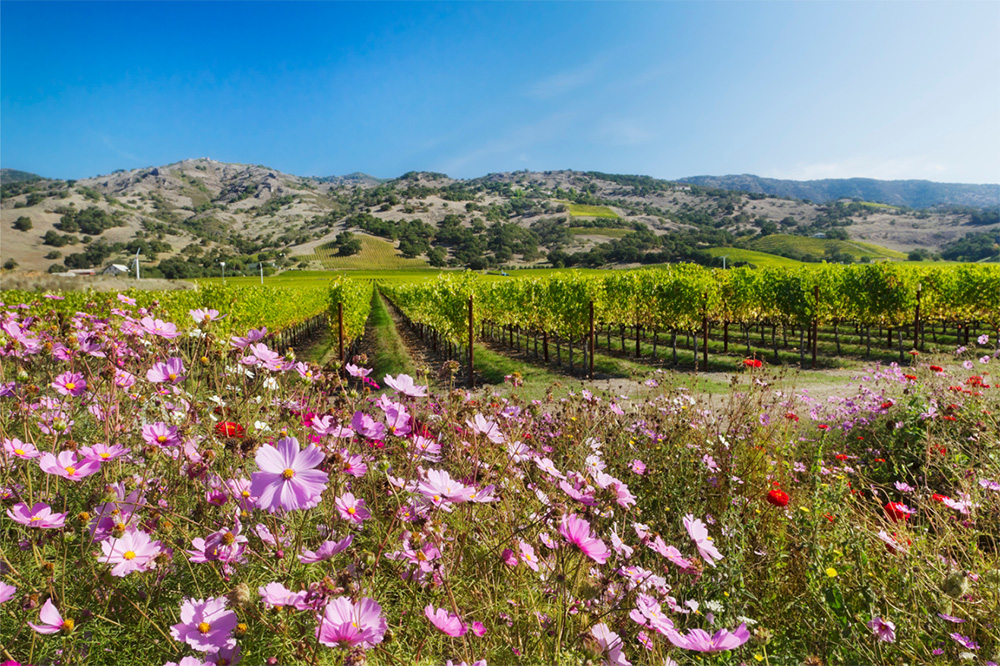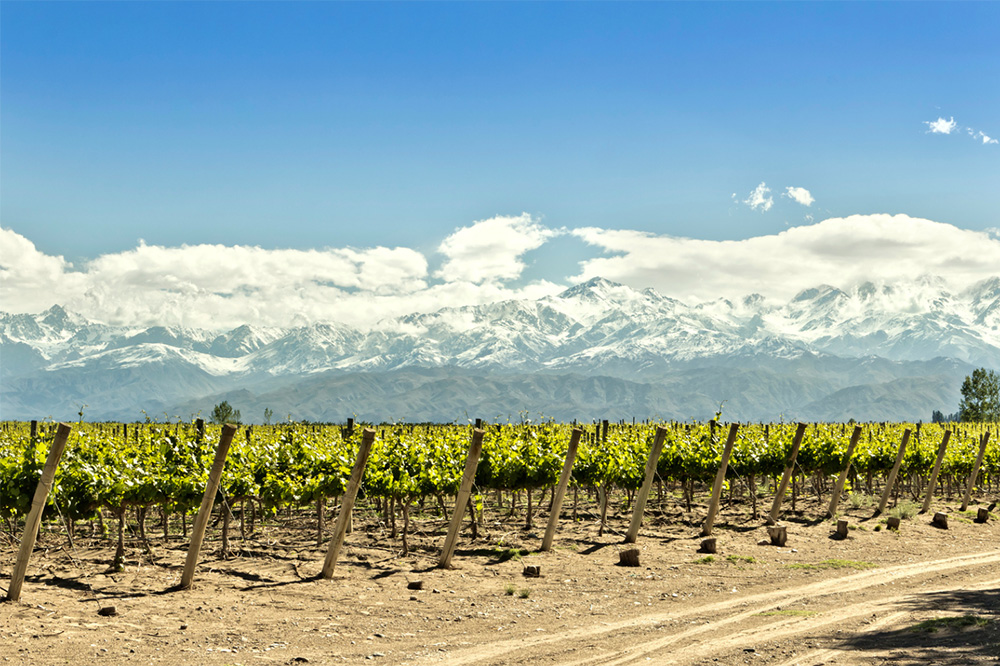Casablanca Valley, Chile
- Wine production began in this new region with the introduction of the first vineyards in the 1980s.
- Located in the western part of Chile, just 60 miles to the northwest of Santiago, this valley is similar to Napa Valley and the Willamette Valley in its proximity to the Pacific Ocean. Being protected by some of the surrounding rolling hills, but still greatly affected by coastal climate.
- Being only 20 miles long and just a few miles wide, this small, select, special place was perfectly aligned for new varietals to be planted.
- The unique terroir of the Casablanca Valley has allowed for brand new varietals to be introduced to the South American wine palette. New varietals such as Sauvignon Blanc, Pinot Noir, and Chardonnay were very rare in South America before this region took off.
- Because the Casablanca Valley is located so close to the Pacific Ocean, the climate here tends to be much more temperate which allows for a longer growing season and more mild temperatures.
- At 33 degrees south latitude, this region is one of the most-southerly wine growing areas. The cool, long growing seasons have led to new varietals being introduced to the continent. Recently, Riesling, Gewurztraminer, and Viognier vineyards have begun to pop up across the Casablanca Valley.

Mendoza, Argentina
- Located in the west-central part of Argentina. Mendoza is on a major highway between Buenos Aires and Santiago, Chile and is a popular stopover for climbers on their way to Aconcagua (the highest mountain in the Western and Southern Hemispheres).
- Mendoza is the largest producer of wine in all of South America which has led to it being labeled as one of the Eleven Wine Capitals of the World.
- For most of its history, the wine produced in this area was consumed by locals, happy with the old-fashioned standards of winemaking, mostly derived from Italy. The white wine tended to be flat, and the red wine was brown from over-oaking.
- It wasn’t until the 1990s that Argentine wine was seen for what it could be; and Mendoza led the way. Showing the world that amazing, fruit-forward Malbecs could be this good, suddenly, South American wine was on the map in a big way.
- Due to the high altitude of the growing region near Mendoza, the nighttime temperatures can drop to the point where the red grapes become well-flavored and deeply colored. While the white grapes are able to ripen just right in the crisp, dry air, giving these wines the right amount of acids and floral notes.
- The high altitudes also help to prevent most vineyard diseases. This, coupled with the plentiful water supply in the area, create the opportunity for almost unlimited yield per acre situation.


